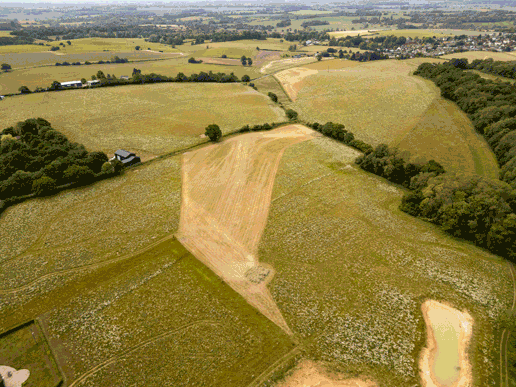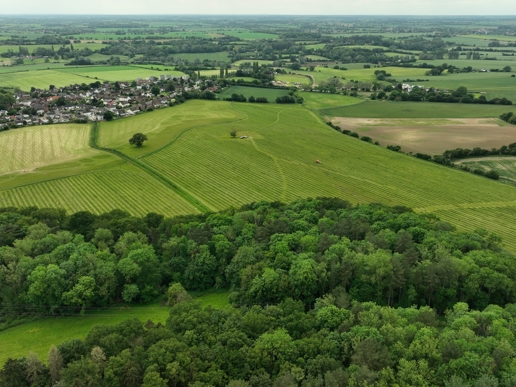The future of BNG habitat banks: How technology is transforming monitoring and delivery

We’re living in exciting times for nature conservation. From AI and drones to remote sensing and digital tools, technology is opening up new ways to monitor, verify, and scale habitat bank delivery.
In this short video clip, Nick White, Principal Advisor for Net Gain at Natural England, shares insights on how data and technology are helping landowners, ecologists, and planners tackle some of the biggest challenges in biodiversity net gain (BNG).
As Nick explains, while tech can’t yet fully assess habitat conditions, it can:
- Flag sites that are developing as expected, allowing human effort to be focused where it’s needed most.
- Enable monitoring in areas with health and safety restrictions, such as railway verges or highways.
- Support ecologists in training and habitat identification through imagery, verified by experts.
The conversation also touches on how these tools can help landowners and developers better understand the feasibility of achieving BNG on-site, while reinforcing best practices in habitat management.
📹 Watch the full clip above to get a glimpse of how technology is shaping the future of habitat banking, and stay tuned for more in-depth conversations coming soon.
Need support with biodiversity net gain for your development?
Get in touch
Evergreen Fund: Five years of habitat creation and climate action

The evolving biodiversity net gain market: Insights from Evergreen





